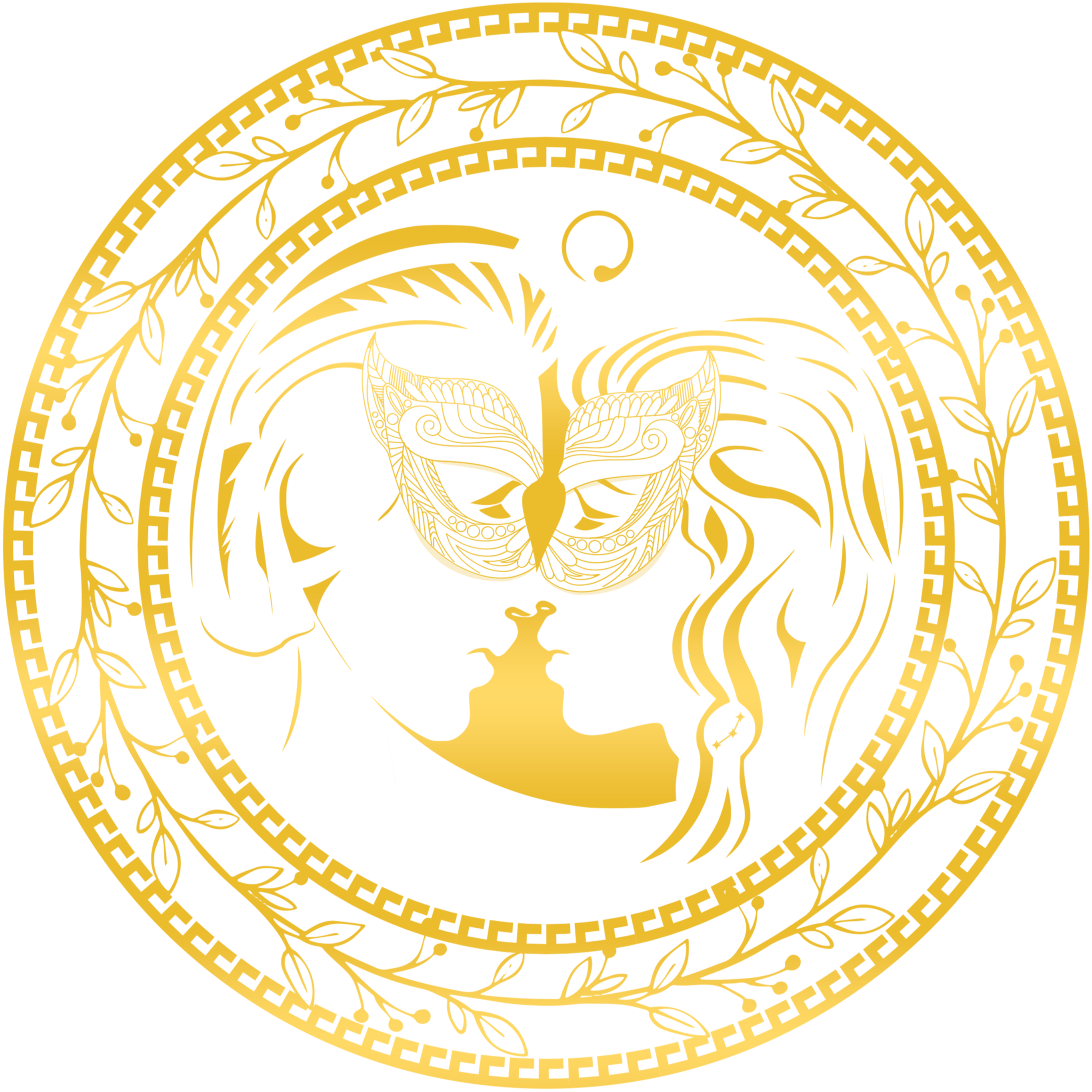
Understanding the Diversity of Arabic Skin
Share
The Arabic world boasts a rich tapestry of cultures, traditions, and, of course, an array of beautiful skin tones. From the lighter olive complexions to the deeper, bronzed hues, Arabic skin color is as diverse as the people themselves. Understanding this diversity is essential, not only for beauty and skincare brands looking to cater to the Arabic market but also for individuals who wish to celebrate the beauty of Arabic heritage.
The Spectrum of Arabic Skin Tones
Arabic skin tones can vary widely due to the vast geographical stretch of the Arab world, which spans across parts of Africa and Asia. Generally characterized as having an olive complexion, Arabic skin can range from fair to dark. This variation is influenced by both genetics and the intensity of the sun in different regions.
Fair to Medium Complexions
In the northern regions, where the sun's rays are less intense, individuals often have lighter skin tones. These can range from creamy whites to light browns, with a golden or peachy undertone that can sometimes burn in the sun.
Olive to Bronze Complexions
Moving towards the equator, the Arabic skin color deepens to an olive or bronze hue. This is typically associated with the classic "Arabic beauty" – a warm skin tone that tans easily and rarely burns, often accompanied by dark hair and eyes.
Darker Complexions
In the southernmost parts of the Arab world, skin tones can be much darker, with deep bronze to rich brown complexions. These skin tones are well-adapted to high sun exposure, boasting higher melanin content which provides natural protection against ultraviolet rays.
Arabic Beauty and Skincare
by Toa Heftiba (https://unsplash.com/@heftiba)
Catering to the diverse range of Arabic skin tones means that beauty and skincare products must be inclusive. Brands should offer a wide spectrum of shades for products like foundation and concealer. Moreover, understanding the skincare needs of each skin tone is vital, as darker complexions might require different care compared to lighter ones, especially in terms of moisturizing and sun protection.
Embracing Diversity
The beauty industry is increasingly recognizing the importance of diversity and inclusivity. Arabic individuals, and indeed all consumers, are looking for products that not only match their skin color but also respect and understand their cultural identity. Celebrating this diversity means not only providing a broad palette of shades but also featuring Arabic individuals in various hues in marketing and advertising campaigns.
Conclusion
Arabic skin color is beautifully diverse, encompassing a range from light olives to deep bronzes. As the world becomes more interconnected, and the demand for inclusive beauty products grows, it is crucial for both individuals and brands to appreciate and cater to this diversity. Understanding the unique characteristics of Arabic skin can lead to better skincare routines, more inclusive beauty products, and a celebration of the rich variety that the Arabic world has to offer.
Whether you're part of the industry or an individual exploring your own Arabic heritage, embracing the full spectrum of Arabic beauty is a step towards a more inclusive and appreciative global community.
by Houcine Ncib (https://unsplash.com/@houcinencibphotography)


